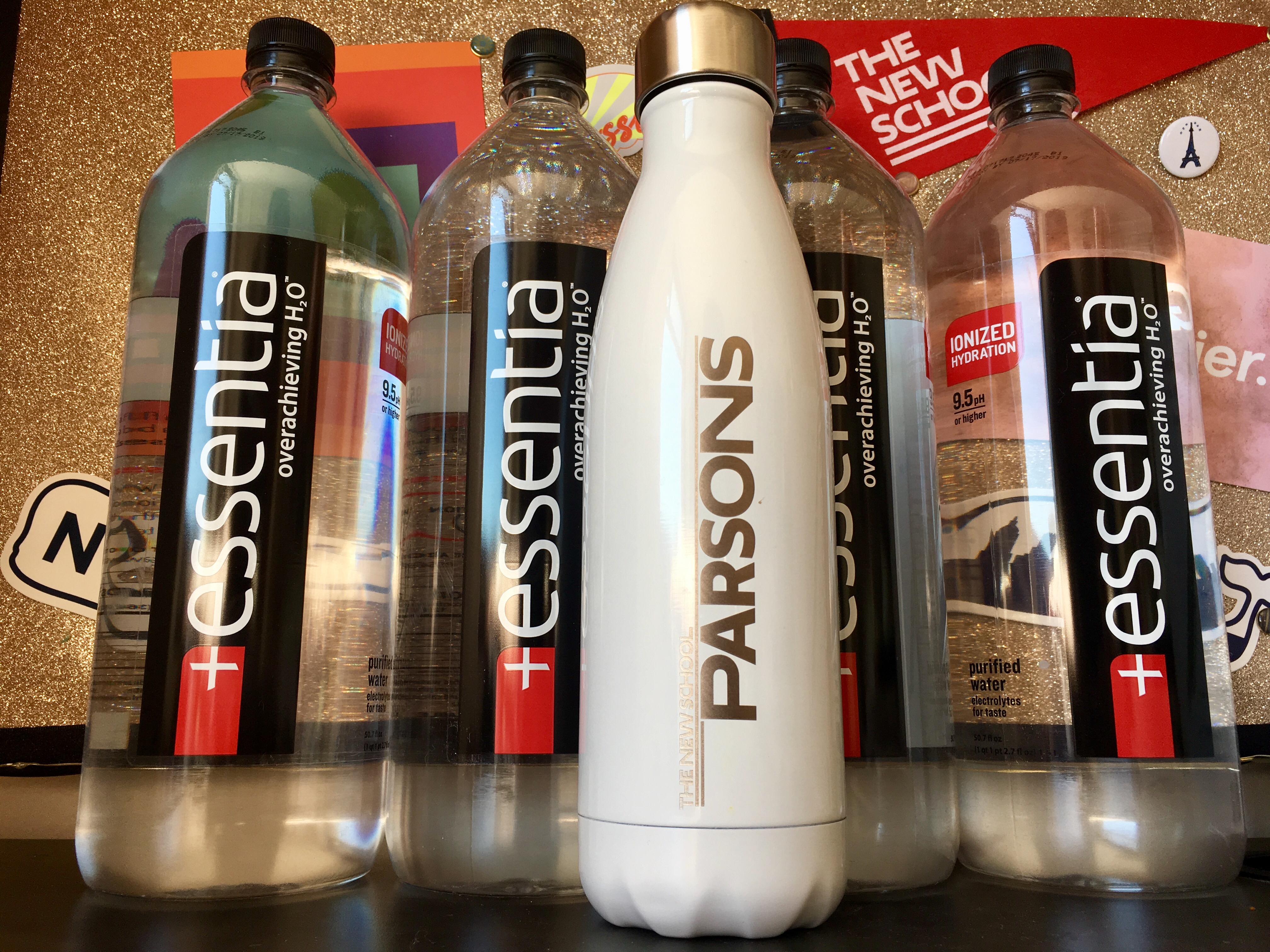- Right at the beginning of the film they delve into the problem of Nestle’s water extraction from municipal water sources in small towns. Since water is a fundamental human right, who really owns the freshwater in the streams and lakes? As in the instance shown in the film, Nestle extracts the water for free from Fryeburg, Maine to then package it in plastic bottles for profit. When large corporations such as Nestle are simply allowed to pump local water sources without regulation or taxation, it leads to a string of negative repercussions. Drought is one major concern, which was discussed in the film in the instances of towns in North Carolina and in Atlanta. Even while the state of North Carolina was in a serious drought, Pepsi continued to pump its astronomical amount of water out of municipal sources. Another concerning aspect of the water industry discussed in the film was the plastic bottle production done largely in Flint Hills, Texas. If it wasn’t scary enough that the sources of the PETE and BPA plastics are toxic and carcinogenic, the people living around the plastic factory breathe in the toxic and carcinogenic fumes emitted from the plant. From the film it was easy to gather how much the big corporations and even the government is trying to hide about the operations going on inside the water industry. For example, the one former FDA employee from Flint Hills was told that if he told local residents about the dangers of living near the plastic production plant, he would lose his job. How are we supposed to know what is safe and healthy for us to consume when so much valuable information is hidden from us?
- I was surprised about the information about bottle bills and curbside recycling. As a native Californian, I grew up with the bottle bills, so I was unaware that only 11 states in the U.S. actually have a bottle bill legislation in place. What’s worse, only six of the 11 states cover bottled water recycling. I think that the bottle bills are a small but necessary step for the massive amount of plastic bottle Americans consume to get recycled. Also, where I’m from in San Diego, curbside recycling is a standard procedure, so I was almost confused why the film cast a negative shadow on the process. However, I understand that the big corporations want curbside recycling in place of having a bottle bill, but I think the bottle bill and curbside recycling are necessary to achieve some degree of sustainability. I researched some recycling statistics from California published in a report and found that California produced 74.9 million tons of waste in 2014, where 37.1 million tons of it, or 50%, was recycled or composted. The statewide goal for source-reduction, recycling, and composting is 75% by 2020. In comparison, Texas does not have a bottle bill but does have curbside recycling. Texas recycled only 6.1 million tons, or 18.9%, of its municipal waste total of 33.5 million tons in 2015.
- I think this film was quite eye-opening and interesting, but I don’t think it has affected me as much as it has educated me on the water industry. I feel like I am already mindful of my water consumption, so I will continue to live that way. At my high school, there are water filtration systems on each building floor in place of water fountains, so I would fill and refill my Swell bottle there each day. Now in college, I continue to use my Swell bottle by refilling it at the University Center Dining Hall and at other filtration systems around the U.C. My yoga studio I practice at also has a water filtration station. When I’m at my dorm, I use BPA-free liter size plastic bottles to reduce my plastic consumption.
